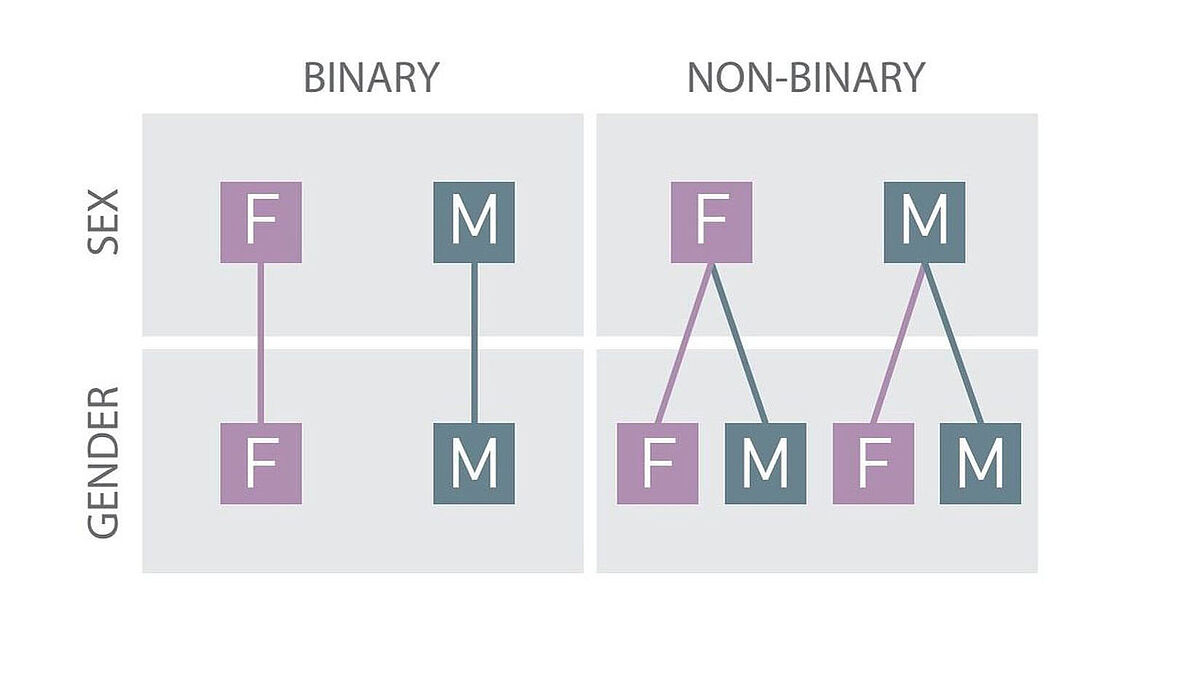They found that the social role of prehistoric individuals was largely—but not exclusively—determined by their biological sex. However, it was also shown that the usual methods are error-prone. The findings are published in the Cambridge Archaeological Journal.
Many people assume that the two biological sexes produce two social sexes. However, if one considers biological and social sex separately, there are at least four possible combinations. It is challenging for archaeologists to study gender norms and identities in prehistoric societies. Usually they determine the biological sex based on the human bones. Objects in their grave furnishings should indicate a person’s gender. The following applies in a very simplified form: weapons for men, jewelry for women. For the now published study, the researchers collected and analyzed existing data on the biological and social sex of over 1,000 individuals buried in Neolithic and Bronze Age burial sites in Germany, Austria and Italy. The dataset covers nearly 4,000 years of our distant past. The researchers determined how often the data on biological and social sex matched and how often they did not.
The biological and social sex could only be determined in about 30 percent of the individuals examined. According to the data, 10 percent of the individuals do not correspond to the “binary norm”. “The numbers tell us that historically, we can’t think of non-binary people as exceptions to a rule,” explains Dr. Eleanor Pape. She conducted the research at the University of Göttingen and now works at the Max Planck Institute for Evolutionary Anthropology. “We should rather think of them as minorities that could be formally recognised, protected and even revered.”
dr Nicola Ialongo from the Department of Prehistory and Protohistory at the University of Göttingen adds that this is just one of the possible interpretations. »At this point in time, we cannot yet estimate the actual magnitude. This is not only due to the error-proneness of the methods, for example when examining the bones. We also have to take into account the confirmation bias: we humans tend to find what we want to find.« In the future, biomolecular analyses, for example on DNA and proteins in tooth enamel, should provide additional data.
